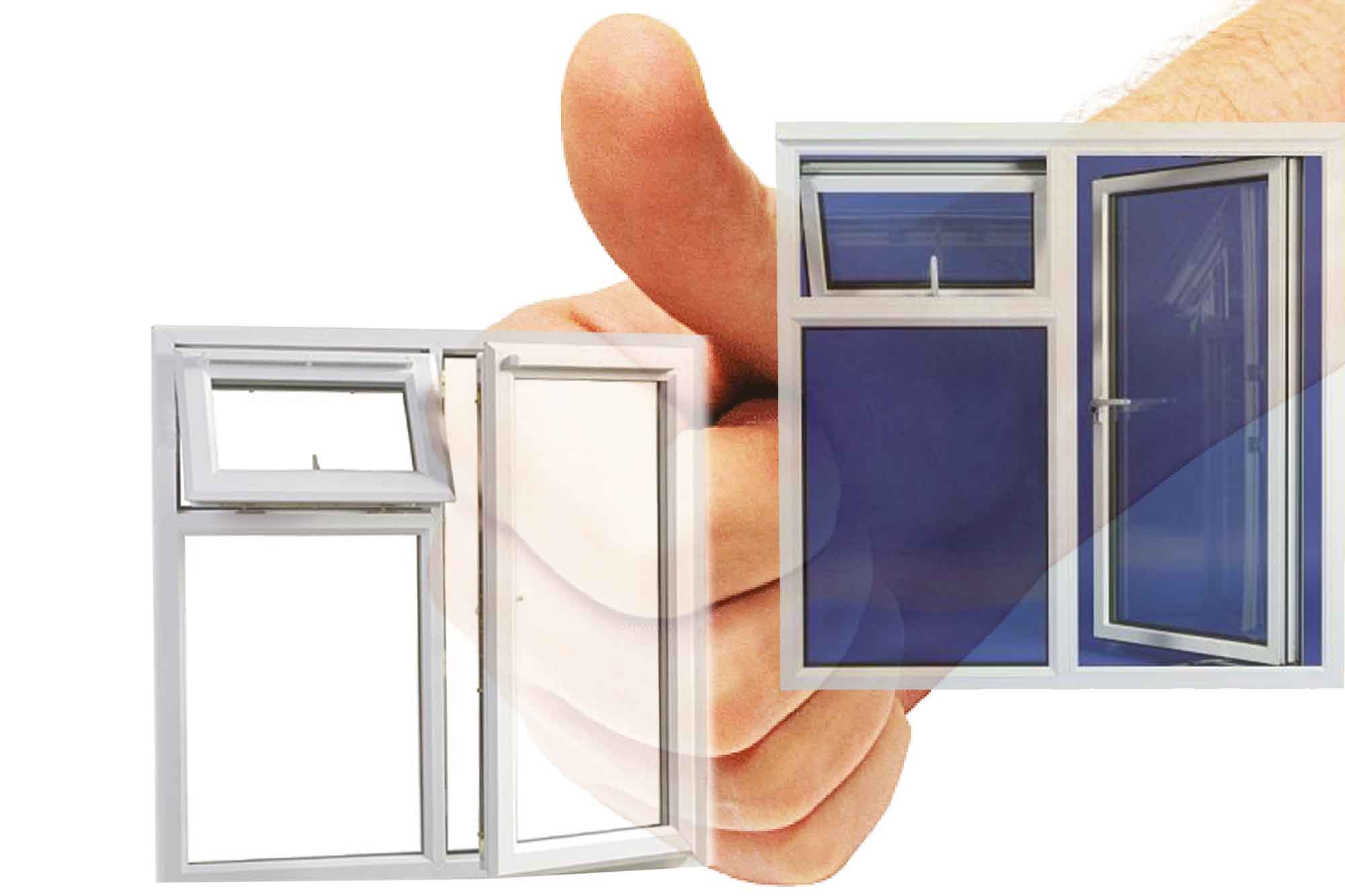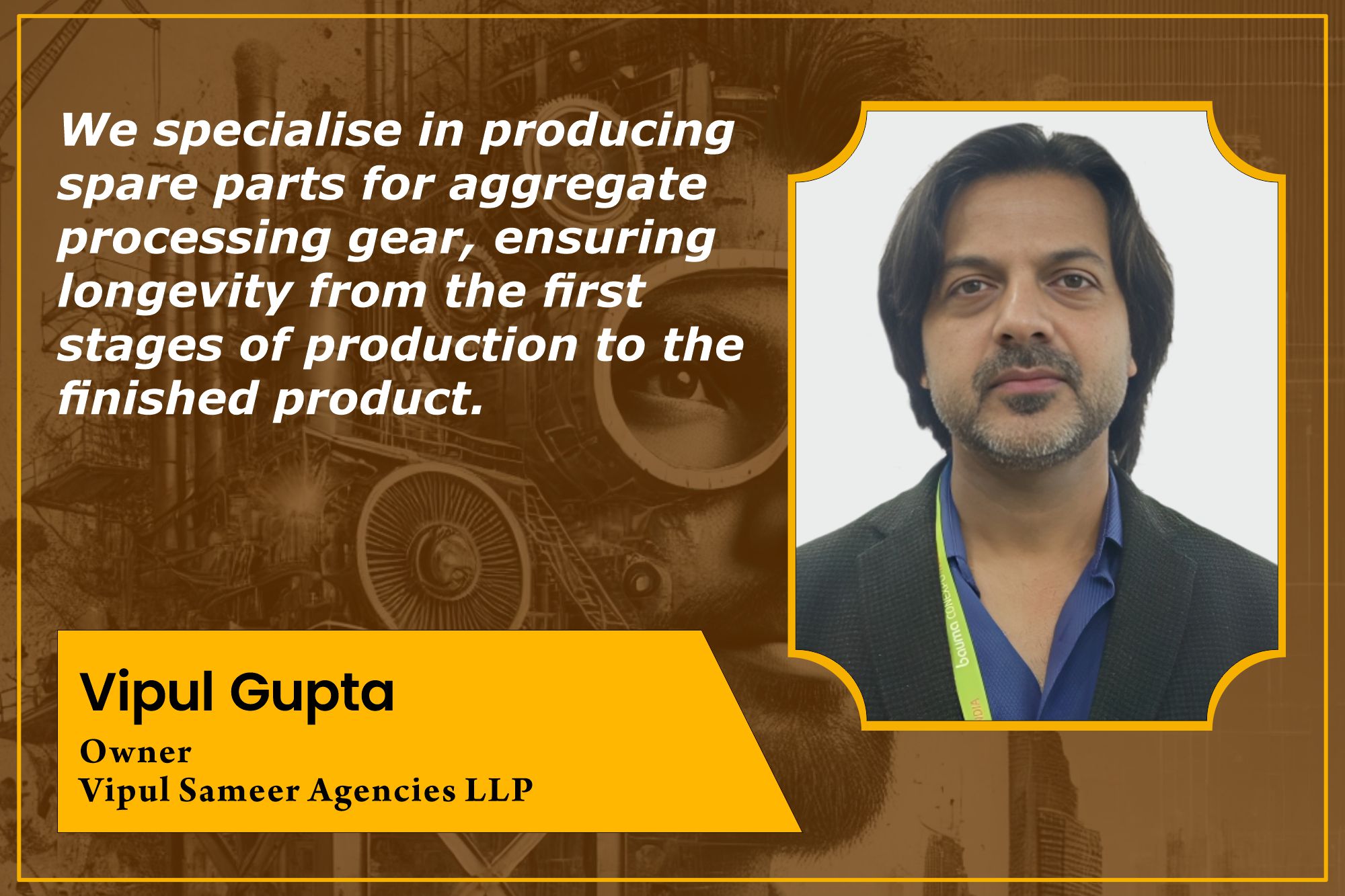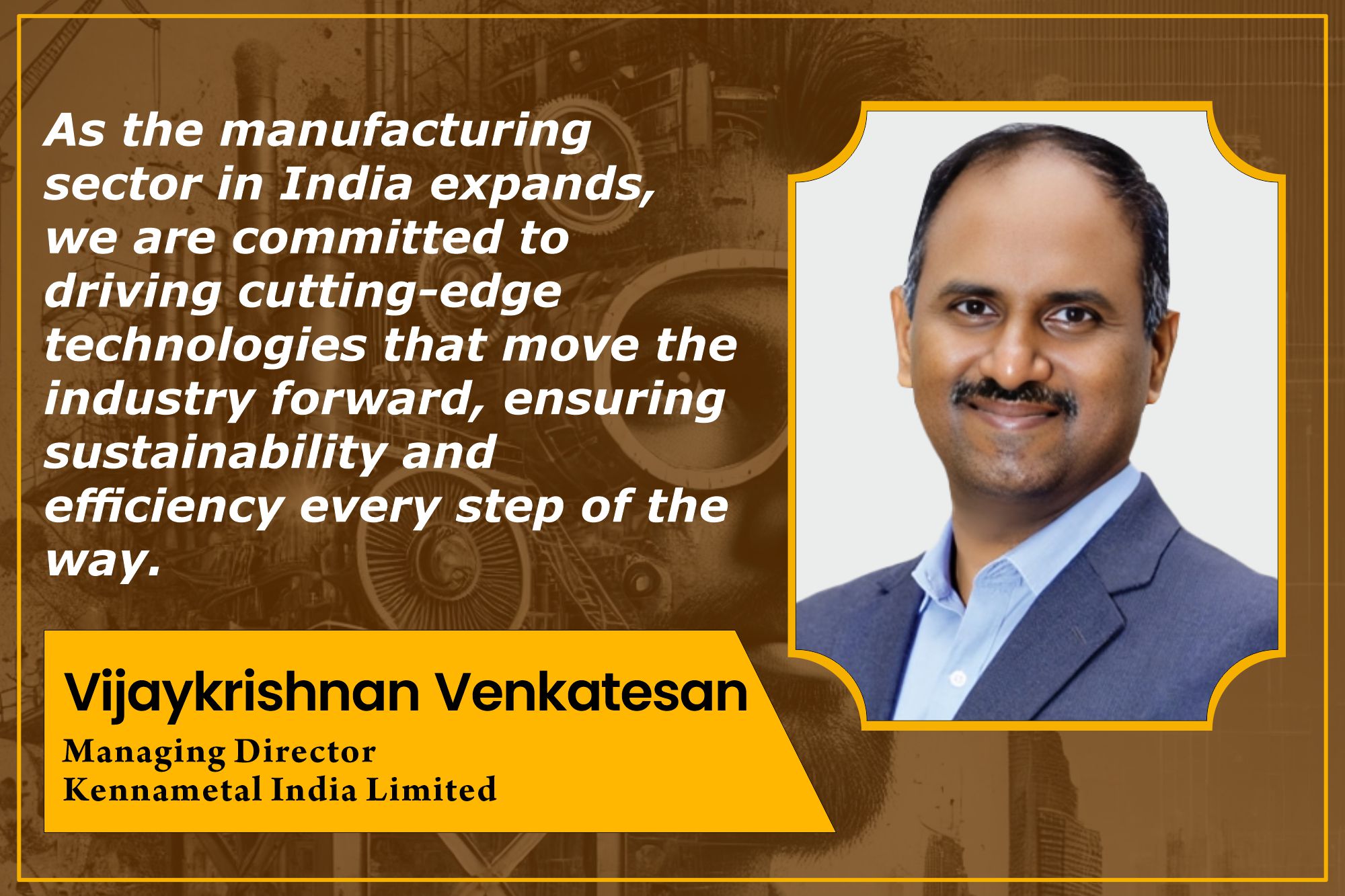UPVC or aluminium: Who’s better for fenestration?
By Edit Team | December 18, 2014 10:09 am SHARE

Considering getting aluminium windows? Or giving a thought for UPVC windows instead? Well, there are a number of differences between the two, find out more in this article
In India, the fenestration industry witnessed a leap in the 90s with an incredible growth in the demand of doors and windows with the rising demand of the housing sector. Aluminium windows started in the early 90s while UPVC (unplasticised polyvinyl chloride) windows were introduced in the late 90s. All thanks to the surge in the construction industry and rapid industrialisation and the modernisation of airports in India, a number of global players especially dealing with aluminium products have stepped into the Indian fenestration industry. However, it is interesting to find out which of the two – aluminium or UPVC – offers better results. Let us explore about the same in detail.
Materials for fenestrations
The materials for fenestrations include aluminium, wood, steel and UPVC. Studies have revealed that the traditional materials of aluminium, wood and steel dominate the market with major market share; while the newer material of UPVC (which presently has a low market share of around 5 per cent) is the fastest growing material.
Steel windows haven’t been observed to give much performance and have been bogged down by lack of standardisation while the wooden windows market (with limited availability of wood due to environmental concern) is totally fragmented (with individual or group of carpenters working on site) and only a couple of state-of-the-art industrial manufacturers. The introduction of UPVC has been a steadfast initiative to develop fenestrations best suited to the Indian climate.
Who’s better?
There have been ongoing deliberations on the comparisons between UPVC and aluminium in terms of strength, performance, cost–effectiveness and eco-friendliness. While aluminium scores with its numerous advantages of high strength to weight ratio (making feasible light structures with innate stability), design flexibility (its extrusion enabling numerous range of forms) and its durability, alloys of aluminium make it very efficient for light management and are corrosion-resistant and immune to the harmful effects of UV rays. It has an easy maintenance (a mere routine cleaning is required) that leads to lots of cost savings over the product’s lifetime. Other advantages with the material are its environment–friendly nature; various colour as well as finishes availability.
Aluminium windows or UPVC windows: the confusion will be cleared after investing sufficient amount of time in taking into consideration some important factors. Some of such decisive factors are as described below:
• Energy efficiency
UPVC have long been popular with home owners because of their energy efficiency. UPVC has a high thermal resistance providing an effective barrier between the inside and outside of home. UPVC’s high thermal resistance helps save money on heating and cooling costs. In contrast, Aluminium’s poor thermal resistance makes heating and cooling a house more expensive.
• Durability
Aluminium is a highly resilient material but still needs maintenance every once in a while. UPVC, on the other hand, never rots, flakes, rusts or fades; they require almost no maintenance except for the quick wipe with a cloth to keep it clean. UPVC is one of the most durable of the materials available.
Aluminum is easy to bend and dent. As a result, if not carefully treated, aluminum windows get dents and lose their exact shape making it harder to open and shut the windows. Fully reinforced UPVC is tough and resilient making it highly unlikely that UPVC windows will need to be changed.
• Security
Because of the strength of fully reinforced UPVC double glazed windows, they are highly secure – their frames are constructed to the highest degree of hardness making it extremely difficult to break through or damage.
• Insulation
Insulation is another feature of the UPVC material that surpasses aluminium. UPVC is a very competent insulator and provides the best energy and sound insulation. Not only does it improve energy efficiency, it also reduces intrusive external noise by up to 80 per cent.
Other essential factors
There are some more factors which can help take decision when it comes to the exact choice of window material. WinRoyal Windows and Doors Pvt. Ltd. offers its solutions i.e. ‘WinRoyal UPVC windows’ as an answer to overcome the limitations offered by Aluminium windows. The details about the same, regarding various factors as mentioned, are as follows:
• Maintenance: In case of aluminium windows panels run inside the track making it difficult to clean them. Whereas for WinRoyal UPVC windows, panels run over then track like a monorail system, hence very easy to clean with normal cloth or brush.
• Monsoon resistance: Aluminium windows have no proper drainage system for rain water to flow, thus allowing water to seep inside during heavy rains. But UPVC windows have special gaskets and built in special rain drain mechanism.
• Air tightness and sound insulation: Aluminium windows are poorly sealed with mechanical joints and because of the gaps in between the frame and panels, tend to rattle in face of strong winds leading to whistling sounds. WinRoyal’s UPVC solutions are fusion welded, lock at multiple points, proper sealing of panels with weather brush and double sealed leading to excellent sound insulation.
• Heat insulation: Being metal and having poor sealing, aluminium windows conduct heat energy leading to lot of energy loss. UPVC windows being poor conductors of heat, and with excellent sealing, multiple point locks, fusion welded joints help to conserve energy.
• Workmanship and speedy installation: Aluminium windows are fabricated on site, hence quality not up to the standards. And most importantly it occupies the space on site, which delays the work of other agencies working on site.
On the other hand, UPVC windows are fabricated in the factory, hence maintaining the quality as workmanship is monitored at every stage. As windows come ready to install from the factory, very fast installation on site results in saving time and labour. Hence it is best suited for prefab construction works where time and speed are important factors for timely completion of the project.
Conclusion
It is difficult to pinpoint on which of the two materials of aluminium or UPVC is superior. Though aluminium is still preferred by a majority in India, but both aluminium as well as UPVC windows and doors have their own markets which they cater to. Though aluminium being a metal is always costlier than UPVC which is actually a plastic (aluminium of good grade and with thermal break system proves to be costlier than UPVC doors and windows); the aesthetics of aluminium remains more because of it being a hand assembled crafted product whereas UPVC products are mass productions. Aluminium products last longer and are easier to recycle, whereas UPVC scores due to its environmental advantages.
Cookie Consent
We use cookies to personalize your experience. By continuing to visit this website you agree to our Terms & Conditions, Privacy Policy and Cookie Policy.
























































